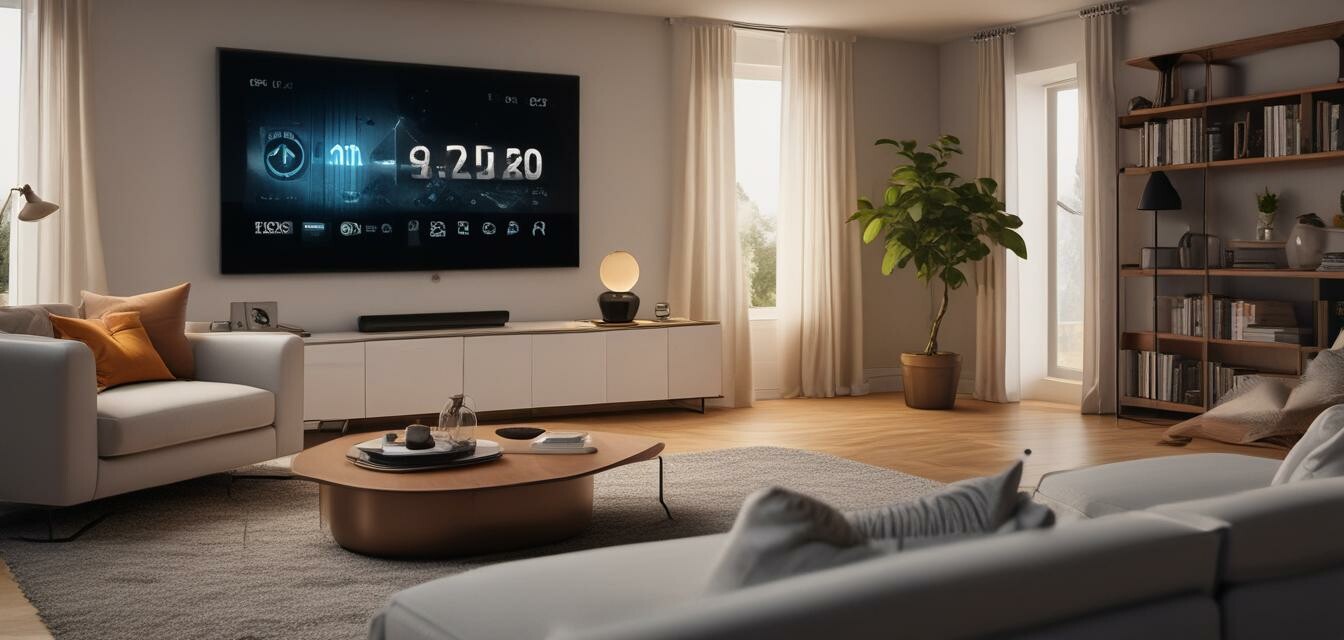
How to Transition to a Smart Home Lifestyle
Key Takeaways
- Understand the types of smart home devices available and their benefits.
- Prioritize safety and usability when choosing devices.
- Start with a few essential gadgets before expanding your setup.
- Focus on easy-to-use technology to enhance comfort at home.
- Seek assistance from caregivers or family members to smoothen the transition.
As the world becomes more connected, many seniors and their families are exploring how to transition to a smart home lifestyle. This guide will provide step-by-step information on how to integrate various smart home gadgets into daily life smoothly and effortlessly.
Understanding smart home technology
Smart home technology includes devices that allow you to control various aspects of your home with ease. From lighting systems to home security solutions, these technologies can improve safety and accessibility. Here's an overview of the main categories of smart devices:
| Category | Description | Benefits |
|---|---|---|
| Connected home assistants | Voice-activated devices that perform various tasks. | Hands-free control, music playback, and home automation. |
| Health monitoring devices | Devices that track health metrics and activity. | Promote wellness through monitoring and alerts. |
| Home security solutions | Cameras and alarms that enhance safety. | Peace of mind for residents and family members. |
| Smart entertainment systems | Devices for streaming media and controlling entertainment. | Easy access to TV, music, and games. |
| Smart lighting systems | Automated lighting with adjustable brightness and color. | Convenience and energy saving through scheduling. |
Steps to Transitioning to a Smart Home
Here is a step-by-step approach for seniors to transition into a smart home lifestyle:
1. Assess your needs
Before making any purchases, consider your personal needs and lifestyle. Think about which aspects of your home could benefit from smart technology. Do you need help with security, accessibility, or entertainment? Prioritizing your needs will help you focus on the right devices.
2. Start small
It's best to start with one or two devices to avoid feeling overwhelmed. Here are a few recommended starting points:
- Smart speaker: Great for controlling other devices via voice commands.
- Smart lights: Get started with automated lighting to enhance safety and accessibility.
- Smart locks: Improve security without the hassle of traditional keys.
3. Invest in user-friendly technology
Choose devices that are easy to install and operate. Look for gadgets that provide simple setup options, like plug-and-play devices or ones that can be easily managed through a smartphone app.
4. Set up your devices
Once you have selected your devices, setting them up is crucial. Follow these tips:
Tips for setup
- Follow the manufacturer's instructions carefully.
- Ensure a stable Wi-Fi connection for all devices.
- Use an account that is easy to remember for any necessary apps.
- Consider asking a family member or caregiver for help if needed.
5. Regularly evaluate your setup
After you start using your smart devices, take the time to evaluate how they are working for you. Do they simplify tasks and enhance comfort? Don’t hesitate to adjust or add more devices as needed. Your smart home can be flexible and grow with your preferences!
Consider privacy and security
Transitioning to a smart home comes with privacy concerns. Take these precautions to ensure your data is secure:
- Use strong, unique passwords for each device.
- Regularly update the software of your devices if possible.
- Familiarize yourself with the privacy settings of your devices.
- Disconnect devices from your network if they are not in use.
Resources for further help
If you want more detailed guides, consider checking our Buying Guides for smart home gadgets or our News and Trends section for the latest innovations.
Pros
- Improves comfort and convenience at home.
- Enhances safety through better monitoring capabilities.
- Reduces energy consumption with smart devices.
- Connects seniors to their families through easy communication devices.
Cons
- Initial setup can be challenging.
- Some devices require ongoing internet subscriptions.
- Potential privacy concerns with data collection.
- Technological frustration if not user-friendly.
Conclusion
Transitioning to a smart home lifestyle doesn’t have to be overwhelming. With the right approach and supportive technology, seniors can comfortably enhance their living environment. Start small, prioritize your needs, and embrace the technology that makes everyday tasks easier. As you grow accustomed to your new smart gadgets, you will appreciate the benefits they bring to your daily routine.